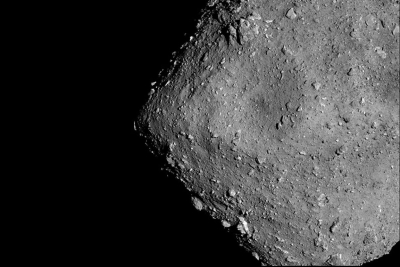
Scientists find that minerals from the asteroid were produced more than 4.5 billion years ago, even closer to the beginnings of the solar system
The age of our solar system is estimated to be around 4.57 billion years. While previous studies of ancient meteorites have revealed minerals created 4.5 billion years ago, a new study has pushed that even closer to the beginnings of the solar system.
Using mineral samples from the Ryugu asteroid collected by Japan's Hayabusa2 spacecraft, researchers from the University of California – Los Angeles are trying to better understand the chemical composition of the early solar system, closer to its infancy. Their results were published in January in Nature Astronomy.
Within 1.8 million years
With the help of isotopic analysis, scientists discovered that carbonate minerals in the samples were crystallised through reactions with water. According to their estimates, these carbonates were formed within the first 1.8 million years after the solar system came into existence. They thus preserve a record of the temperature and composition of the asteroid as it was at that time.
Apart from being rocky and carbon-rich, Ryugu is the first C-type (carbonaceous) asteroid from which samples have been collected and studied. Unlike meteorites, which might have been chemically contaminated during their contact with Earth, these samples plucked off the asteroid are untouched.
Formed rather rapidly
Based on their research, the scientists were able to tell that Ryugu's carbonates were formed several million years earlier than previously believed.
Additionally, it also indicates that Ryugu, or the parent asteroid from which it broke off, was a relatively small object- less than 20 km in diameter. This came as a surprise as most existing models predicted the formation of bodies at least 50 km in diameter.
In essence, the study helped the researchers suggest that the Ryugu asteroid and similar objects formed in the outer solar system. They must have formed relatively rapidly and probably as small bodies.
Understanding the mineral structure of asteroids provides insights into various questions on astrobiology. Current and future research on the Ryugu samples and other materials will thus continue to help our understanding about the formation of the solar system's planets, including our own Earth.
Picture Credit : Google




